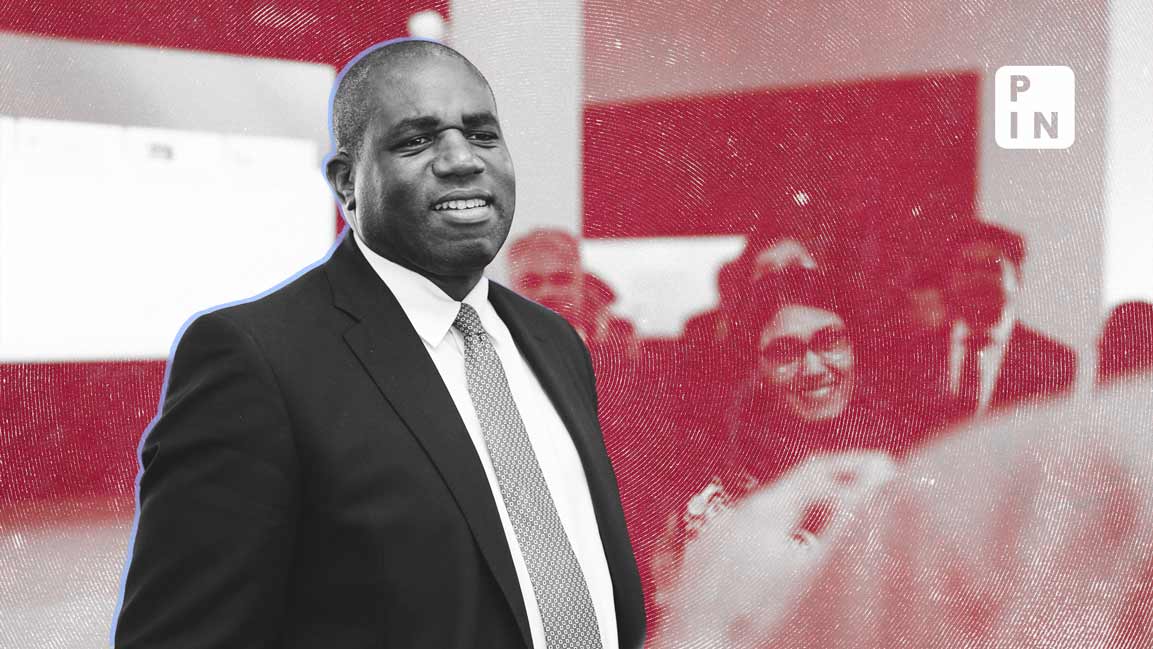- | 12:11 pm
S&P upgrades India’s rating outlook to ‘positive’
Robust growth, improved quality of government spending, and commitment to fiscal consolidation behind revision, ratings firm says

S&P Global Ratings on Wednesday, 29 May, revised its outlook on India to “positive” from “stable” on robust economic growth, pronounced improvement in the quality of government spending, and political commitment to fiscal consolidation.
The ratings agency retained its long-term ‘BBB-‘ rating for the country
“The positive outlook reflects our view that continued policy stability, deepening economic reforms, and high infrastructure investment will sustain long-term growth prospects,” the ratings firm said.
The positive factors, “along with cautious fiscal and monetary policy that diminishes the government’s elevated debt and interest burden while bolstering economic resilience, could lead to a higher rating over the next 24 months,” it added.
The agency said it may raise the ratings if India’s fiscal deficits “narrow meaningfully such that the net change in general government debt falls below 7% of gross domestic product (GDP) on a structural basis.”
“The protracted rise in public investment in infrastructure will lift economic growth dynamism that, combined with fiscal adjustments, could alleviate India’s weak public finances,” it said.
“We may also raise the ratings if we observe a sustained and substantial improvement in the central bank’s monetary policy effectiveness and credibility, such that inflation is managed at a durably lower rate over time,” it added.
The Reserve Bank of India (RBI) has made progress in lowering inflation after introducing its medium-term inflation target band in February 2015. Inflation has generally remained within RBI’s 2-6% range in recent years, “burnishing its record of inflation management.” As of April, inflation has also fallen back to within its target range, after a period of high price pressures in 2022.
The RBI board had last week approved the transfer of a record ₹2.11 trillion (about $25 billion), more than double of what was budgeted, as surplus to the central government for the accounting year 2023-24.
India’s marathon one-and-a-half month long election is in the final stages, with results scheduled to be out next week. The higher RBI dividend is expected to help the new government fund the fiscal deficit of 5.1% of GDP in the current fiscal. The windfall is also expected to boost government spending to spur growth.
“Irrespective of the June 2024 general election results, we expect the incoming government to carry on economic reforms to support the growth vigor, continued infrastructure investment drive, and commitment to fiscal consolidation,” it said.
The ratings agency has, however, cautioned that it may downgrade its outlook back to “stable” “if we observe an erosion of political commitment to maintain sustainable public finances, which in turn signifies a weakening of the country’s institutional capacity.”
“If current account deficits widen materially to weaken India’s external position such that the country becomes a narrow net external debtor, we could also revise the outlook to stable,” it added.
Union finance minister Nirmala Sitharaman called the ratings revision “a welcome development.”
“This reflects India’s solid growth performance and a promising economic outlook for the coming years,” she posted on X (formerly Twitter).
On India’s growth, the ratings firm said it estimates real GDP growth in the past three years to have averaged 8.1% annually, the highest in the Asia-Pacific region.
“We expect these growth dynamics to continue to play out in the medium term, with GDP expanding close to 7% annually over the next three years. This has a moderating effect on the ratio of government debt to GDP despite still-wide fiscal deficits,” it added.
“We forecast India’s real GDP growth at 6.8% this year, which compares favorably with emerging market peers amid a broad global slowdown,” it said.
The ratings firm pointed out that India’s “weak fiscal settings” had always been “the most vulnerable part” of its sovereign ratings profile.
“With economic recovery now well on track, the government is again able to depict a more concrete (albeit gradual) path to fiscal consolidation. Our projections indicate general government deficit of 7.9% of GDP in fiscal 2025 to slowly decline to 6.8% by fiscal 2028,” it said.













